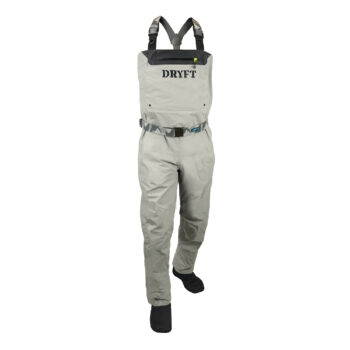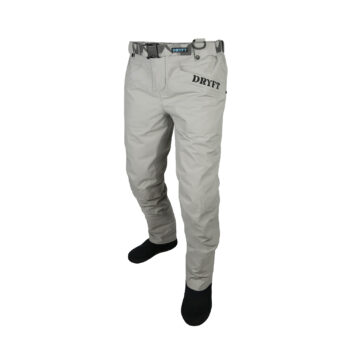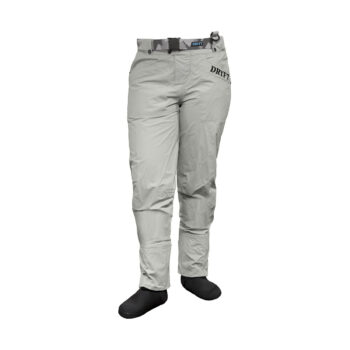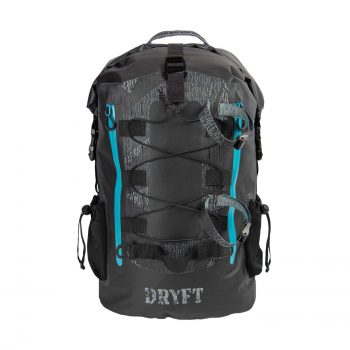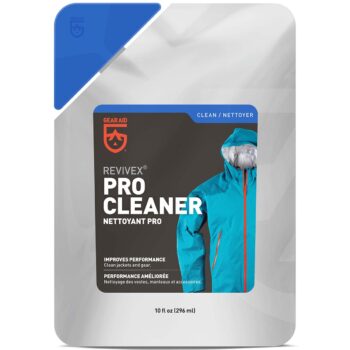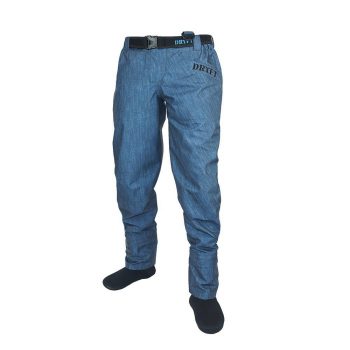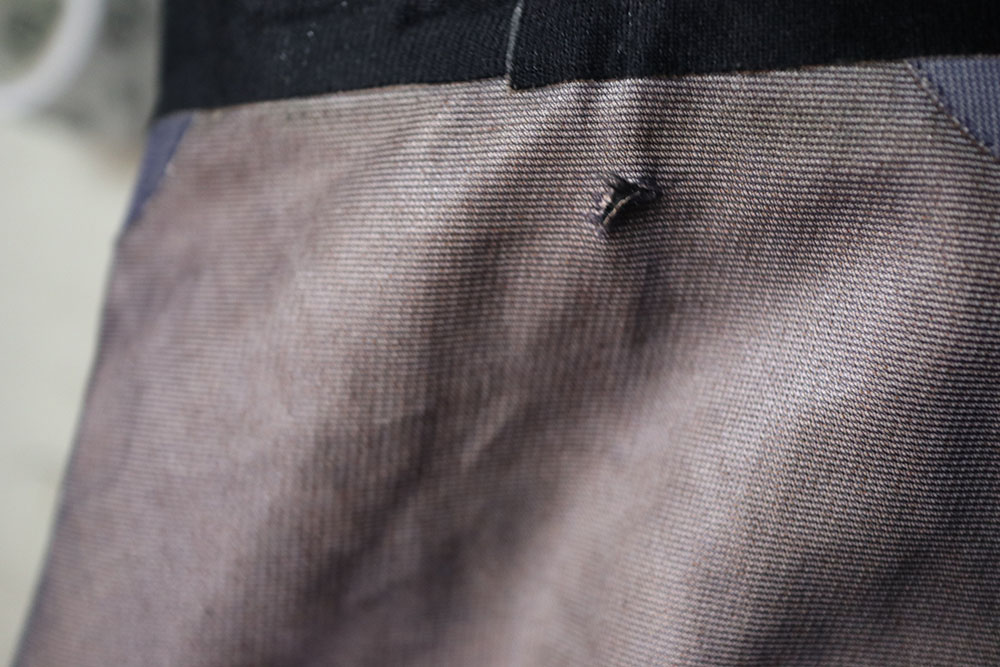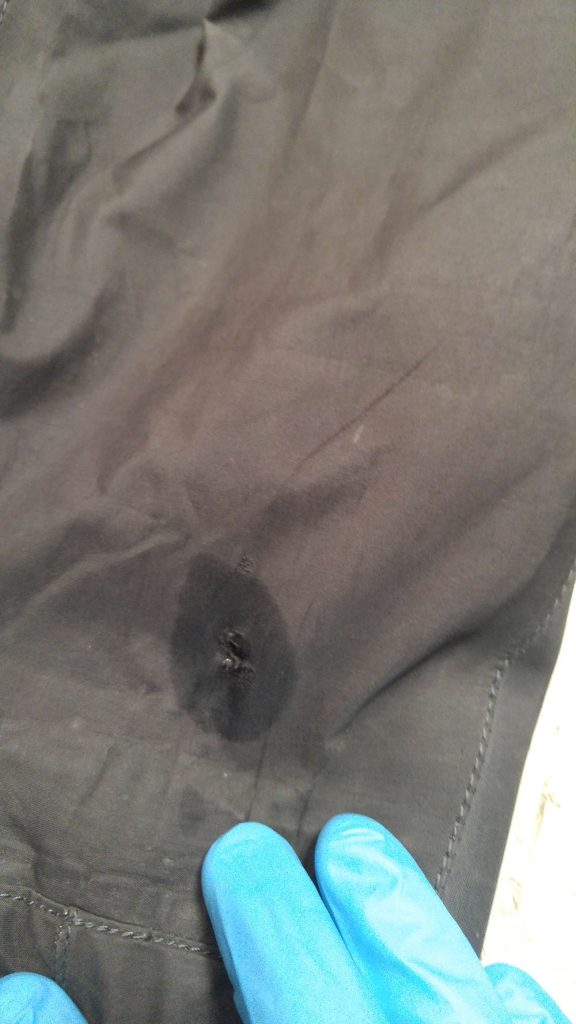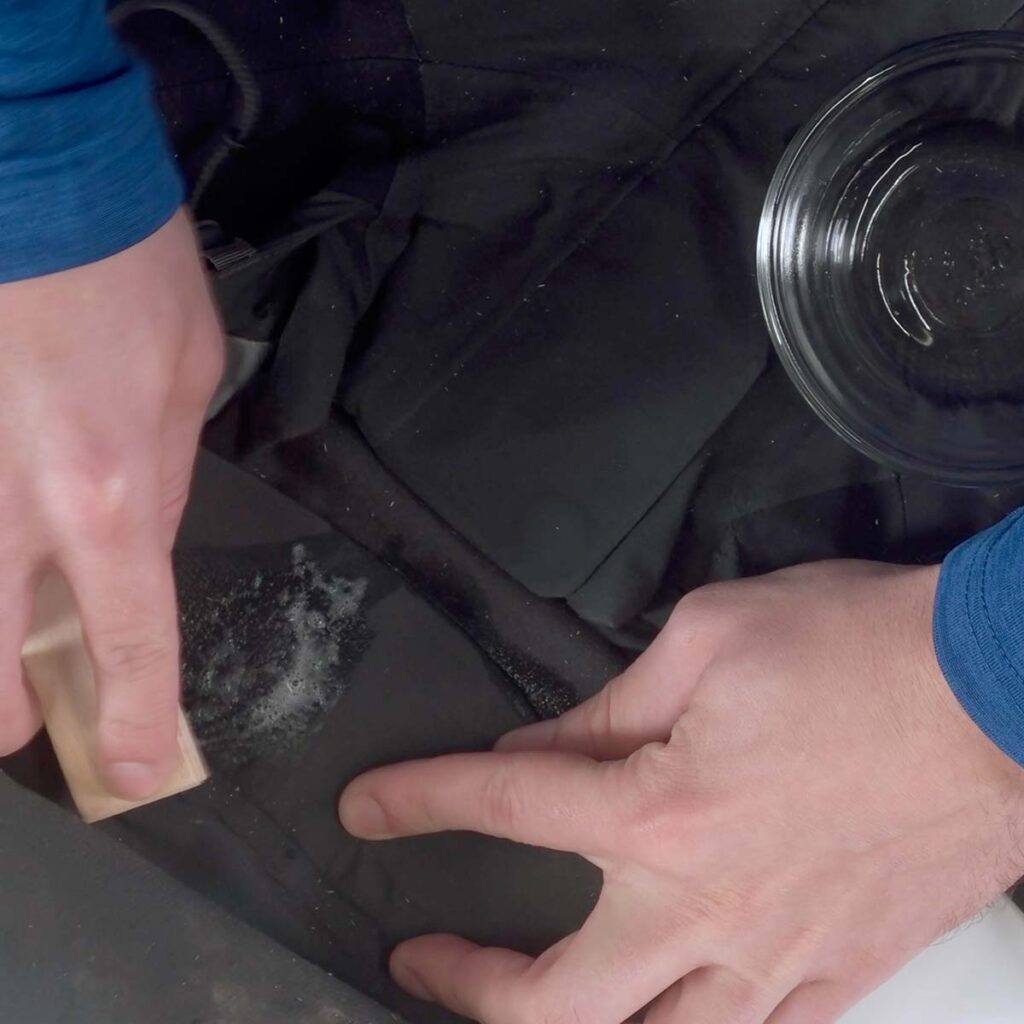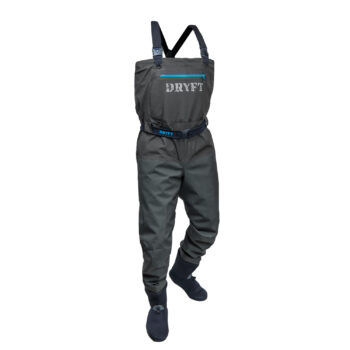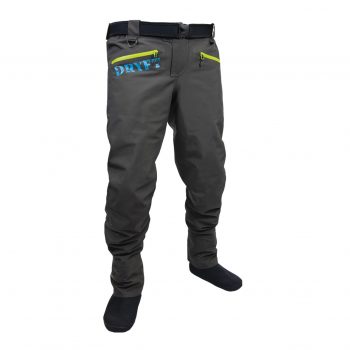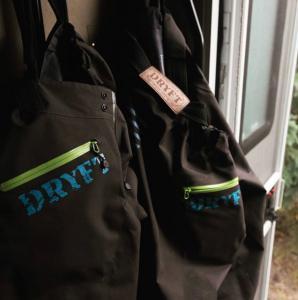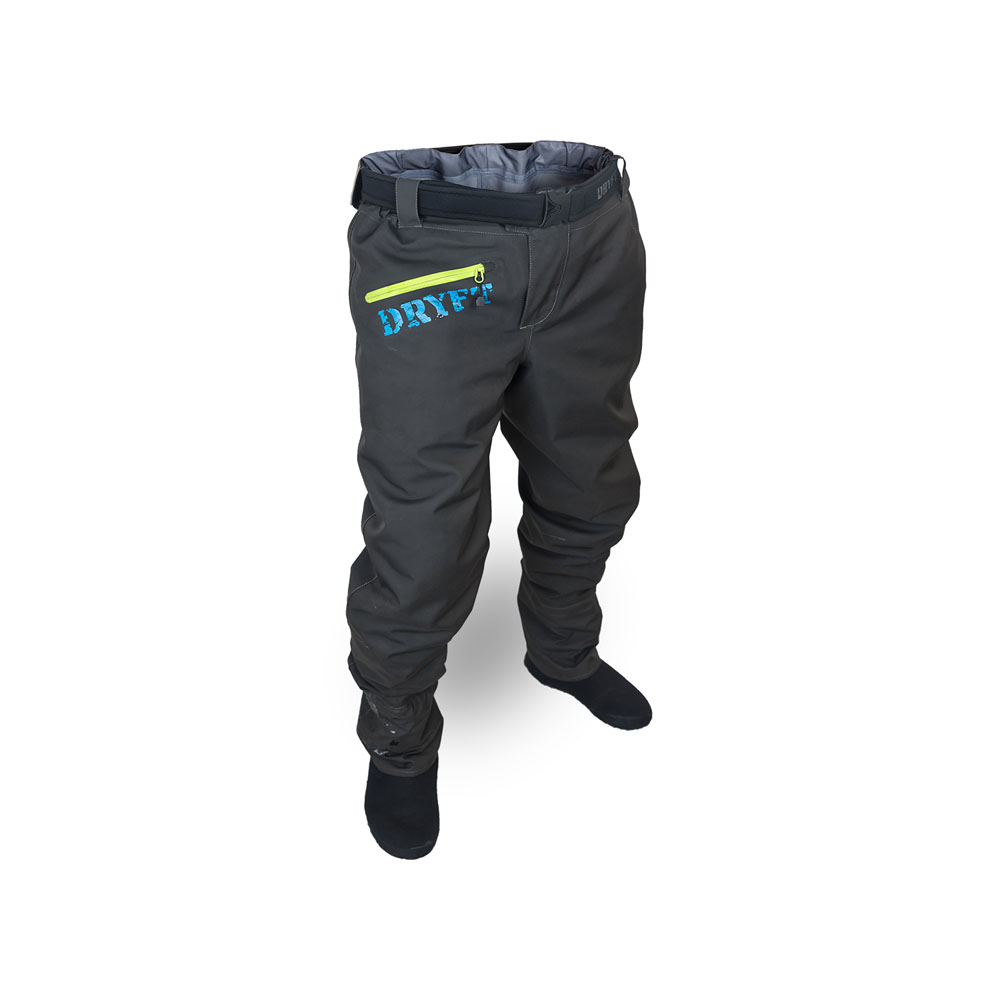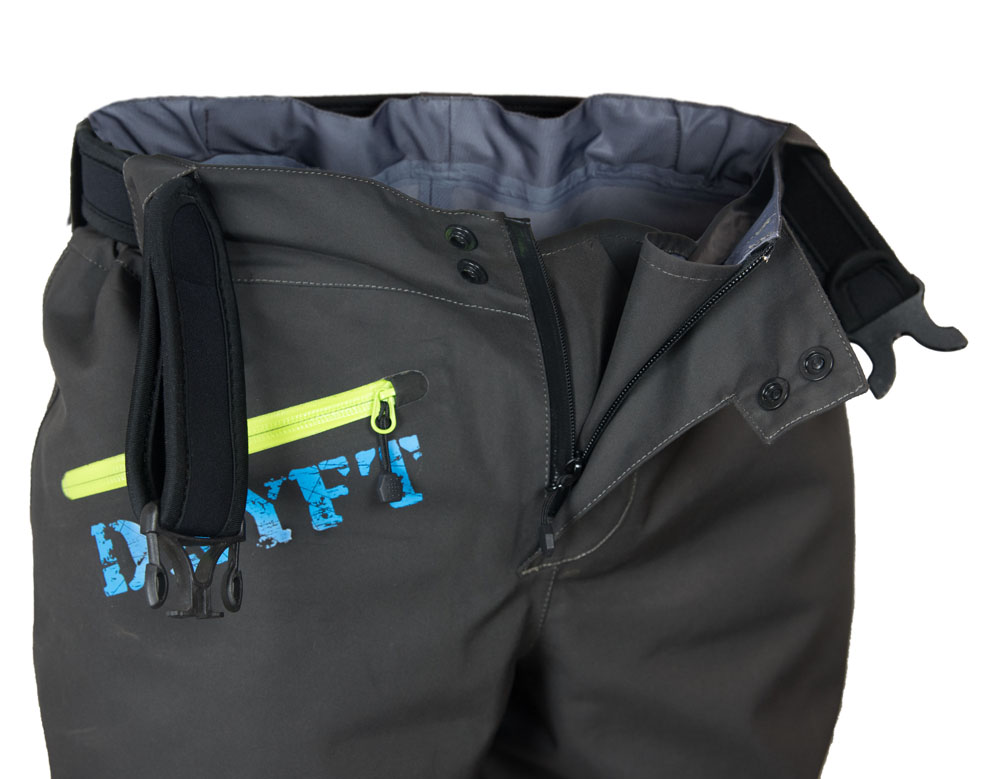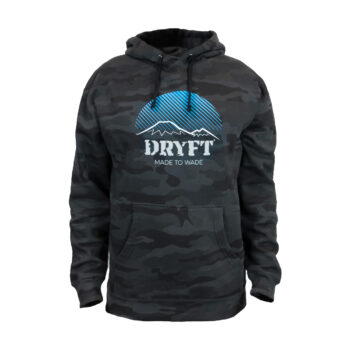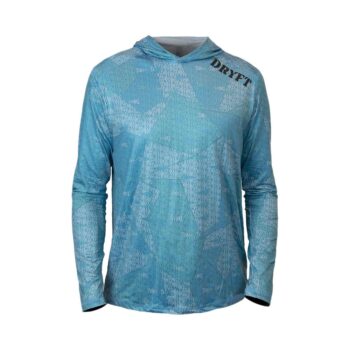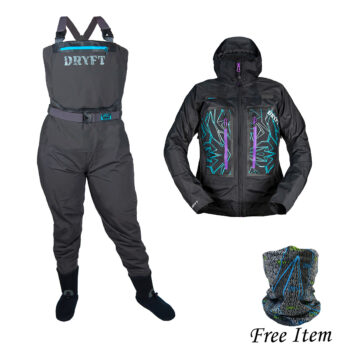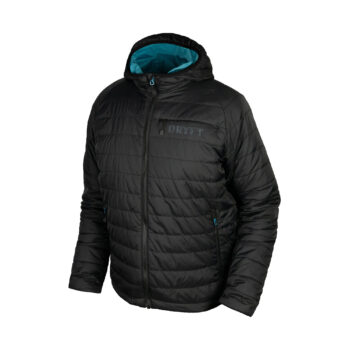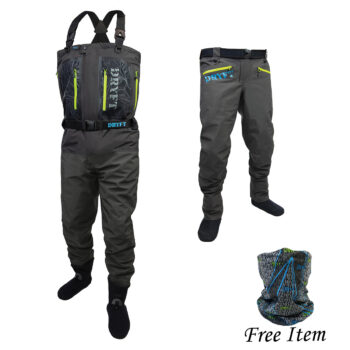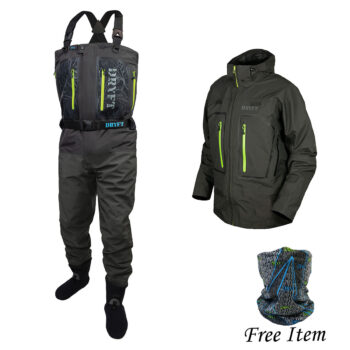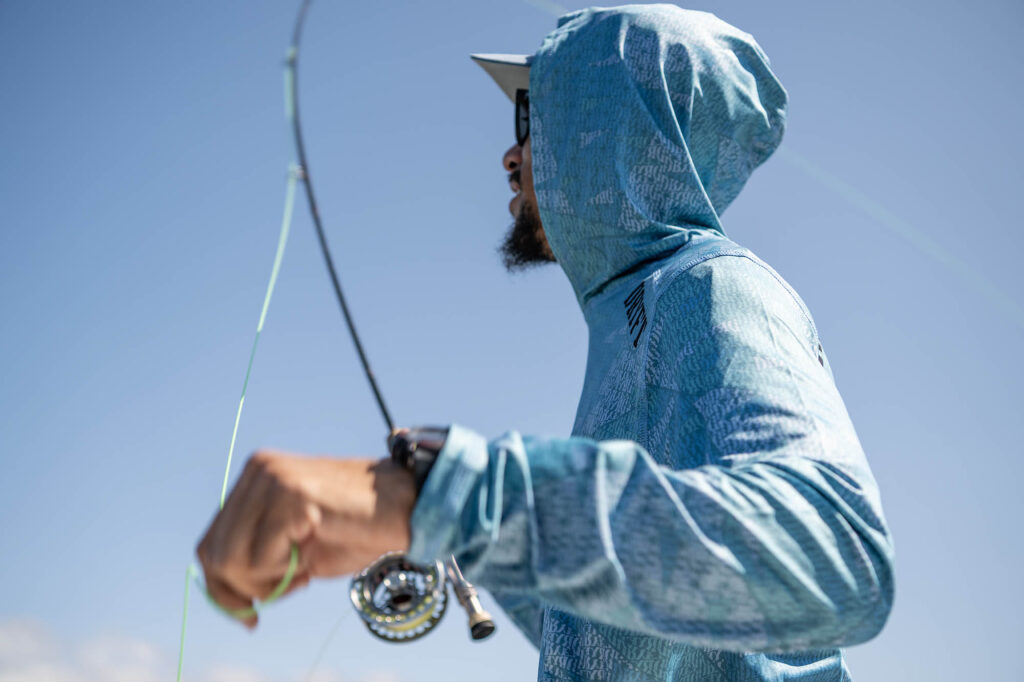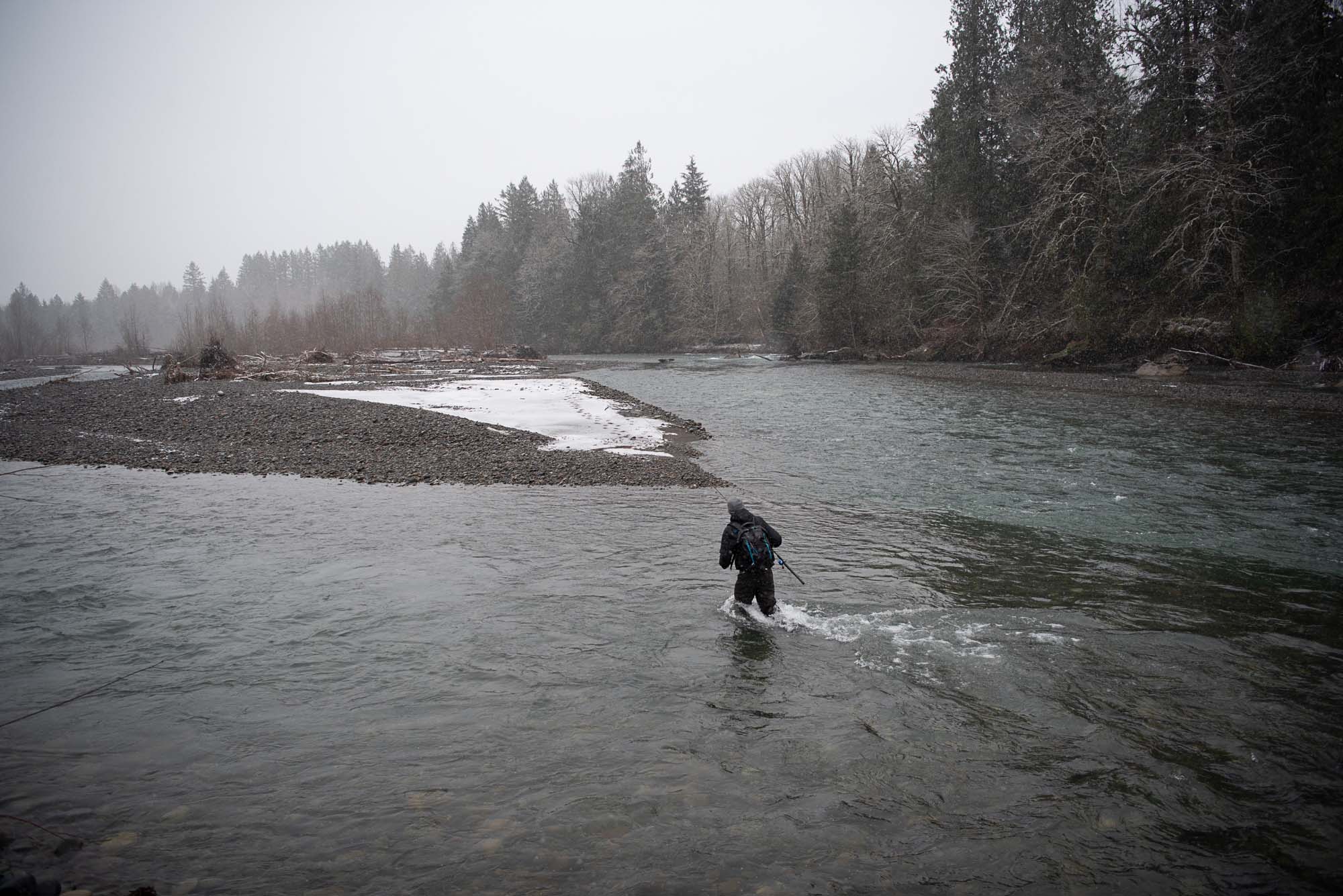Do you like to fish places where you might not see another angler all day long? If the answer is yes, then you may want to consider the benefits of backcountry angling.
We’re really into the backcountry style of fishing, and are going to discuss why breathable fishing waders, and specifically the convertible wader style, provide several advantages for backcountry anglers, making them essential gear for your next backcountry fishing trip.
What are convertible top fishing waders?
Convertible waders are simply where the upper portion of the wader is constructed on a sliding system, to be able to be unsnapped from the top end position and pushed down to the users waist. Usually they incorporate snaps or buckles, to allow the top to be secured in the upper position. Our new Session Lite Convertible Waders use a magnetic snap to make this function effortless.

Convertible waders increase mobility and comfort through breathability and function
Advantages of convertible straps and stockingfoot wader design
Waders with a convertible style top will increase your comfort by allowing you to drop the top when you’re warm and hiking, and pull it back up if you get cool or need to cross a deep stretch of water. Waders designed with an easy snap method, like the magnetic snaps on the Session Lite Convertible waders, are a necessity. We recommend a stockingfoot design for active fishing, as you can wear wading boots designed for hiking that will be comfortable all day long. Also, lightweight stockingfoot waders will roll up and fit in a backpack for a long hike in.

How do breathable fishing waders actually work?
Breathable fishing waders are constructed of a multi layer fabric that allows air, but not water, to pass through. A waterproof membrane is sandwiched between layers of durable fabric, giving the fabrics the ability to pass air through but keep water out. This is a huge advantage to any active angler, and most quality waders are built using this technology now.
Benefits of breathable material
The main benefits to breathable fishing waders is that it helps prevent overheating and sweating. Keep in mind that getting hot and sweating can still happen while wearing them! It just significantly helps compared to older styles of non breathable waders.
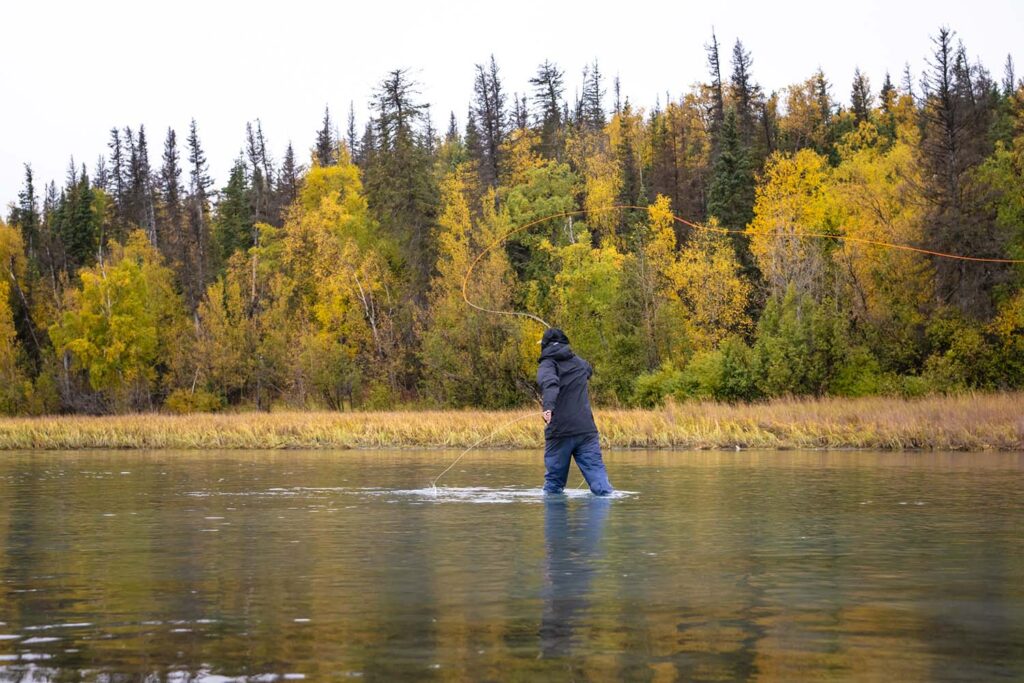
Comfort and mobility of waders designed for backcountry fishing
The importance of using the proper waders for backcountry angling cannot be stressed enough. If you want to enjoy your day, be comfortable and mobile then you will want to use the right waders. Lightweight, breathable, and convertible systems will help make the most of your trip.
We hope you enjoyed these tips, and hope you enjoy lots of happy and comfortable fishing this season!

Recommended products
-
Session Lite Convertible Waders
$479.00 -
Session Lite Rain Jacket
$379.00 -
Session Lite Wading Pants
$349.00 -
Bantam Lite™
$179.99 -
Session Lite Wading Pants – Women’s
$349.00 -
BKCNTRY Waterproof Backpack
$199.00

